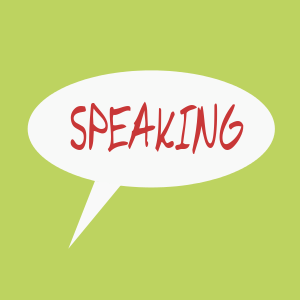
Fillers are frequently used by native speakers yet students tend to leave them out. In today’s post I’ll tell you why you should use them.
What are fillers?
Fillers are words that show that you heard the other person speak and you plan to respond. Examples of fillers are:
- oh
- wow
- I see
- yeah
- um/er
- huh?/eh?
- no way!/no kidding!
- let’s see
- really?
- I know what you mean
There are many more that didn’t make this list.
Why use them?
There are a number of reasons why you should use them.
-
Give yourself time to respond
-
Build rapport
If you use a filler you can get a couple of seconds to think about a better answer to a question. This could be as simple as giving your opinion about a choice of restaurant or as difficult as suggesting a solution to a problem.
Rapport just means a relationship. If you use fillers you sound friendlier, or rather I should say if you don’t use fillers you can sound like a cop.
Look at these two examples:
No fillers
Where did you go yesterday?
I went out shopping.
Who with?
With my family.
What did you buy?
Some clothes.
With fillers
Where did you go yesterday?
Oh, er, I went out shopping.
Oh yeah? That sounds nice. Who with?
Oh, with my family.
I see. What did you buy?
Oh, you know, some clothes.
The second example isn’t fantastic but it is a lot better. If you give more details and give some statements before the questions it would be even better.
Statements, questions and fillers
Where did you go yesterday?
I went out shopping.
Oh yeah. That sounds nice. Who with?
With my family. What did you do?
Wow, not much. I just stayed at home. I wish I’d gone shopping, though. What did you buy?
Oh, you know, some clothes.
You can see that using fillers makes a conversation sound more natural so you should try to use them next time you talk to someone in English.
